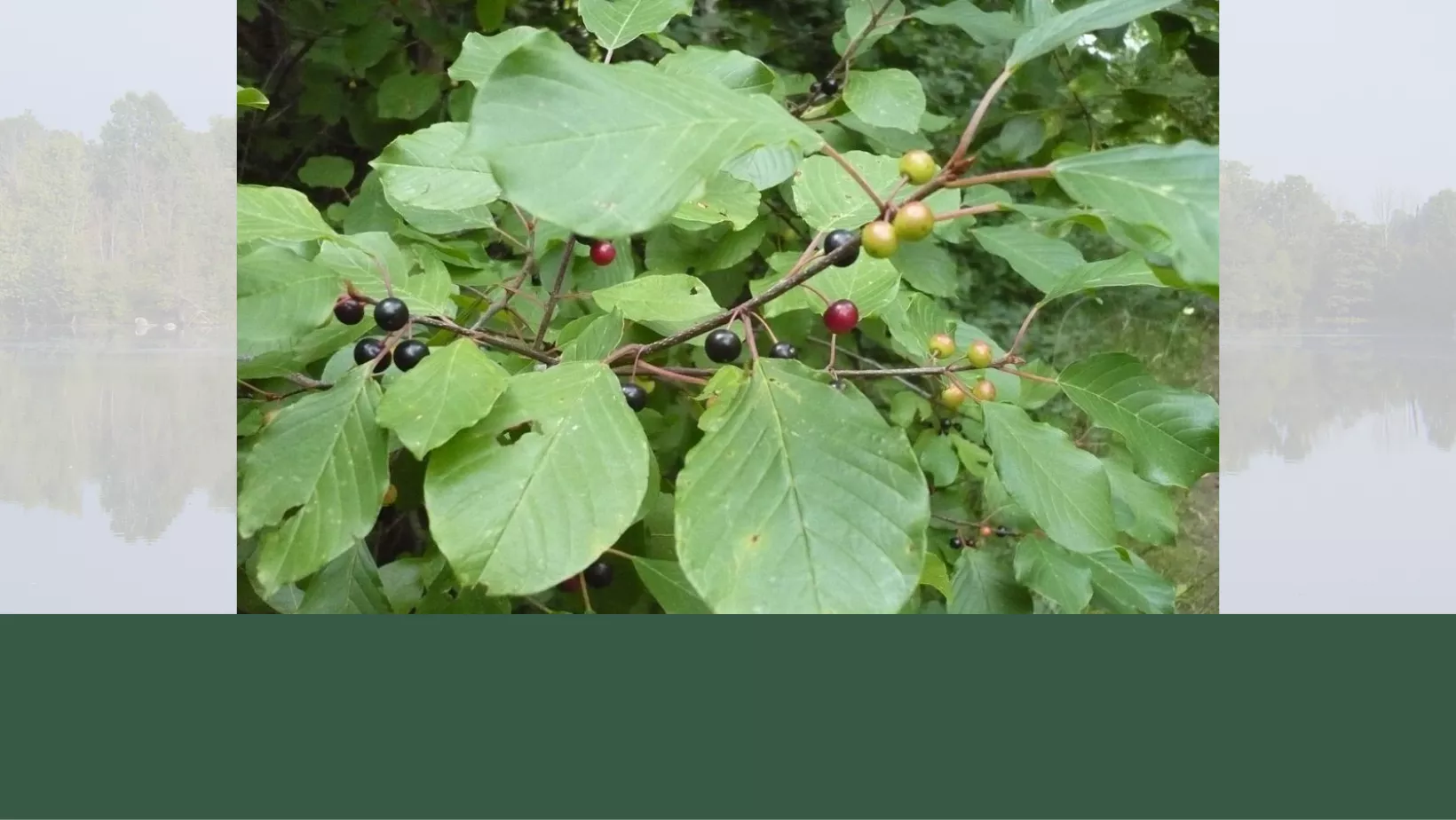Invasive Buckthorn Management
Invasive vegetation can have a massive impact on ecosystems and is viewed by some as “biological pollution.” These species can cause economic and environmental harm and may impact some of our favorite recreational activities along the way. Understanding why this happens and what we can do may help to prevent serious implications down the road.
Common buckthorn (Rhamnus cathartica) and glossy buckthorn (Rhamnus frangula) are two invasive shrub species that are quickly taking over many understories in North American forests. Buckthorn have rapid growth and reproduction rates that outcompete many of native species in our forest understories. This can lead to habitat degradation over time.
Habitat degradation typically involves severely reduced biodiversity, erosion from reduced vegetation density, and significantly altered wildlife habitat. Buckthorn also has very few natural predators to help keep its populations in check. The dark berries of the buckthorn have little to no nutritional value for wildlife and produce a diuretic effect causing it to spread much more quickly across the landscape.
Buckthorn invasions are typically handled in Spring or Fall when the invasive shrubs are least likely to resprout. At Steigerwaldt, we handle buckthorn treatments a number of different ways with basal bark treatment and foliar applications the most common. Treatments are typically a multi-year project.
To begin, we apply a mixture of diesel and an herbicide called Triclopyr to the bottom twelve inches of the woody stem. Since cutting the plant will not kill it, it is important to use an herbicide mixture to kill the root system and stop the buckthorn from spreading. The next round of treatments happen the following year. These includes of a foliar treatment for the smaller plants and seeds that may still remain. A foliar treatment contains less herbicide and is sprayed directly onto the shrub’s leaves. There, it is absorbed and kills the root system.
While it may be difficult, if not impossible, in some situations to kill every plant, controlling the populations can help keep forest and prairie ecosystems healthy and wildlife abundance high.







